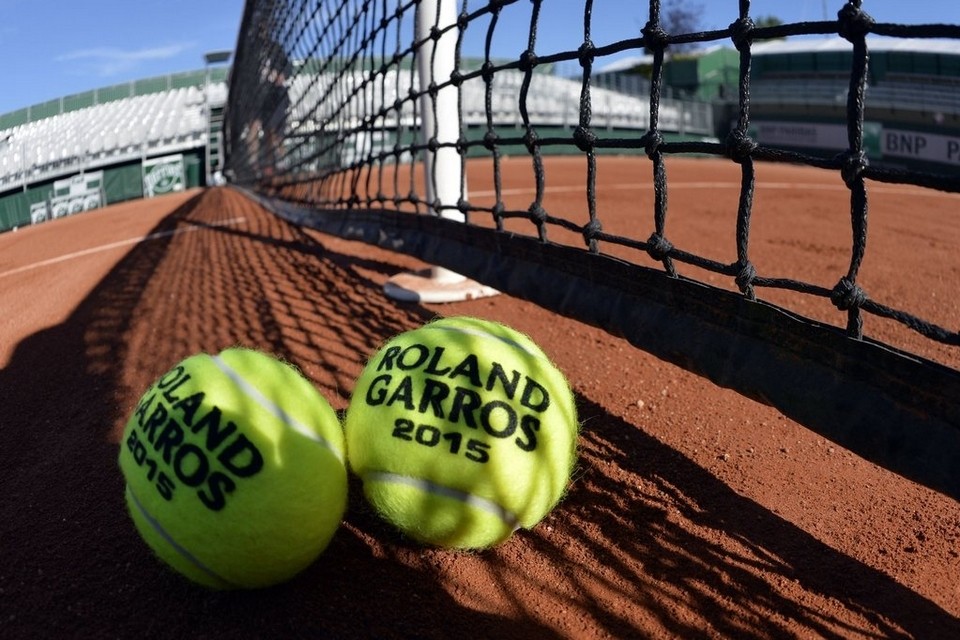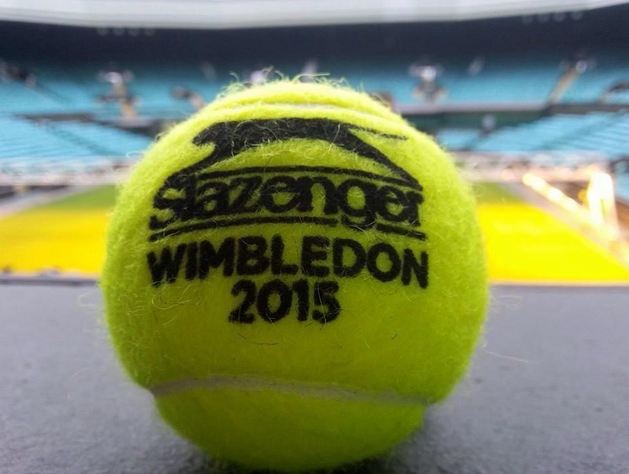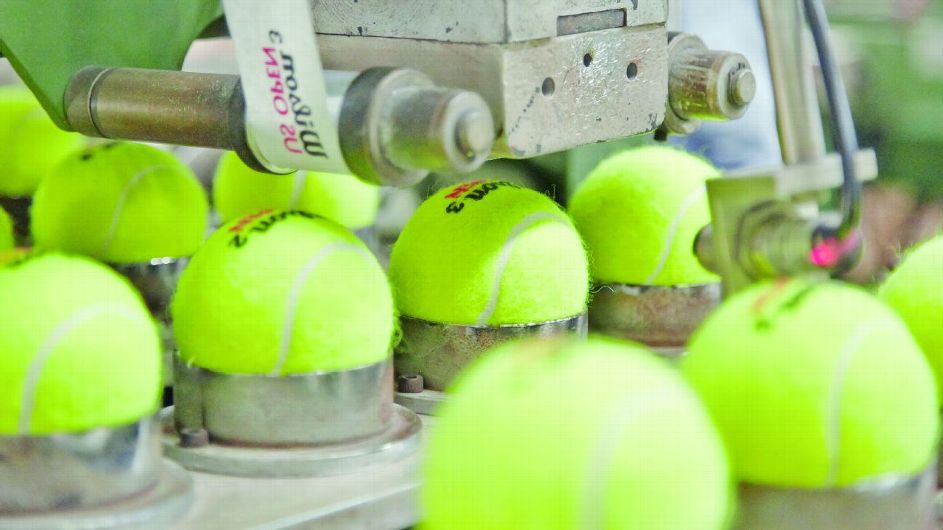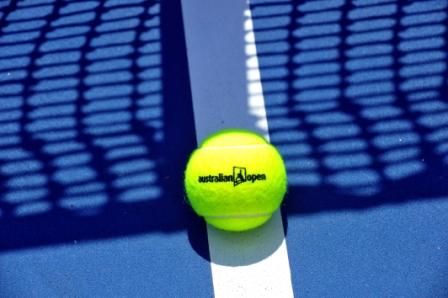Every tennis player has their favorite brand of tennis ball. If you ask me, ProPenn is the best and the only brand that I will buy when given the option. Others will make the case to play with only Wilson or Dunlop or Slazenger balls. From an outside perspective, this brand loyalty must seem silly. I mean, at the end of the day, it’s just a little yellow ball that you will throw out after a few hitting sessions, right?
While they may be subtle, there are actually differences between these tennis balls, differences that can create drama and uproar among professional players when changed. Each major has its own tennis ball sponsor, and our favorite pro players must acclimate themselves to the little yellow tennis ball that they must use that specific major tournament. So, what are the minute yet also game-changing differences between the four different major tennis balls?
Roland Garros
Babolat French Open Ball
In 2011, Roland Garros switched from Dunlop to Babolat tennis balls. Babolat just started producing tennis balls in 2001 and finally got their big break ten years later. The switch caused an outcry from some of the players. Top players such as Federer and Djokovic accused the balls of bouncing higher and moving faster than their predecessors. Babolat defended their tennis balls, saying that their product met all of the requirements and played very similarly to the Dunlop ball. They suggested that, due to a lack of rain that spring, it was the courts, and not the tennis balls, that were harder and faster. Babolat is still the tennis ball sponsor for the French Open, so the players must have ultimately become accustomed to the new balls. I have yet to try a Babolat ball myself, but the online reviews say they are great if you are looking for harder and more durable ball. My guess is that the issue at the 2011 French Open may have been a combination of the new ball and the court.
Wimbledon
Slazenger The Wimbledon Ball
Based in Derbyshire England, Slazenger is the tennis ball of Wimbledon and has been since 1902. With over 50,000 tennis balls used throughout the course of the tournament, it’s fascinating to realize the scope of the materials used and the strict testing that each ball must undergo. A Slazenger Wimbledon ball must:
- Bounce between 53 and 58 inches after being dropped onto concrete from a height of 100 inches.
- Measure two-and-a-half inches (6.35 cm) in diameter.
- Weigh two ounces (56.7g).
- Be treated with a water repellent barrier called Hydroguard (to protect it from the British rain)
- Be packed in a pressurized tin to keep it from going soft.
- Be kept at 68° Fahrenheit (in a fridge) court side to keep them in perfect condition.
And to think that all of this goes into a ball that is played with for seven to nine games. It’s no wonder that the players rarely complain about the condition of these tennis balls.
US Open
Wilson US Open Ball
Before the 2015 US Open, ESPN posted a video showing how much work went into making the whopping 100,000 Wilson US Open tennis balls for the tournament. The amount of material, machinery, and work required to make the tennis ball took the world by surprise. Even more interestingly enough, the US Open requires two different types of tennis balls, the extra-duty for the men and the regular duty for the women. The size, pressure, and design may be the same, but the difference of felt creates a large difference in speed and action. Speculative about this statement? York University tennis coach Michael Mitchell said, “They (the men) would probably hit the serve 175 miles per hour if they were using that (women’s) ball.” Andy Roddick was thrown a women’s ball during one of US Open matches, and he admits to being tempted to serve with it knowing that the lighter weight of the ball would increase his serve speed drastically. You’ll be pleased to know his moral compass ultimately kept him honest.
The Australian Open
Wilson Australian Open Ball
To be honest, there really isn’t any information regarding the Wilson Australian Open ball, except that they are designed to enhance performance and durability on the hard courts. My guess is that they are fairly similar to the US Open ball though. You will have to try them out for yourself to get a true feel for the ball.




